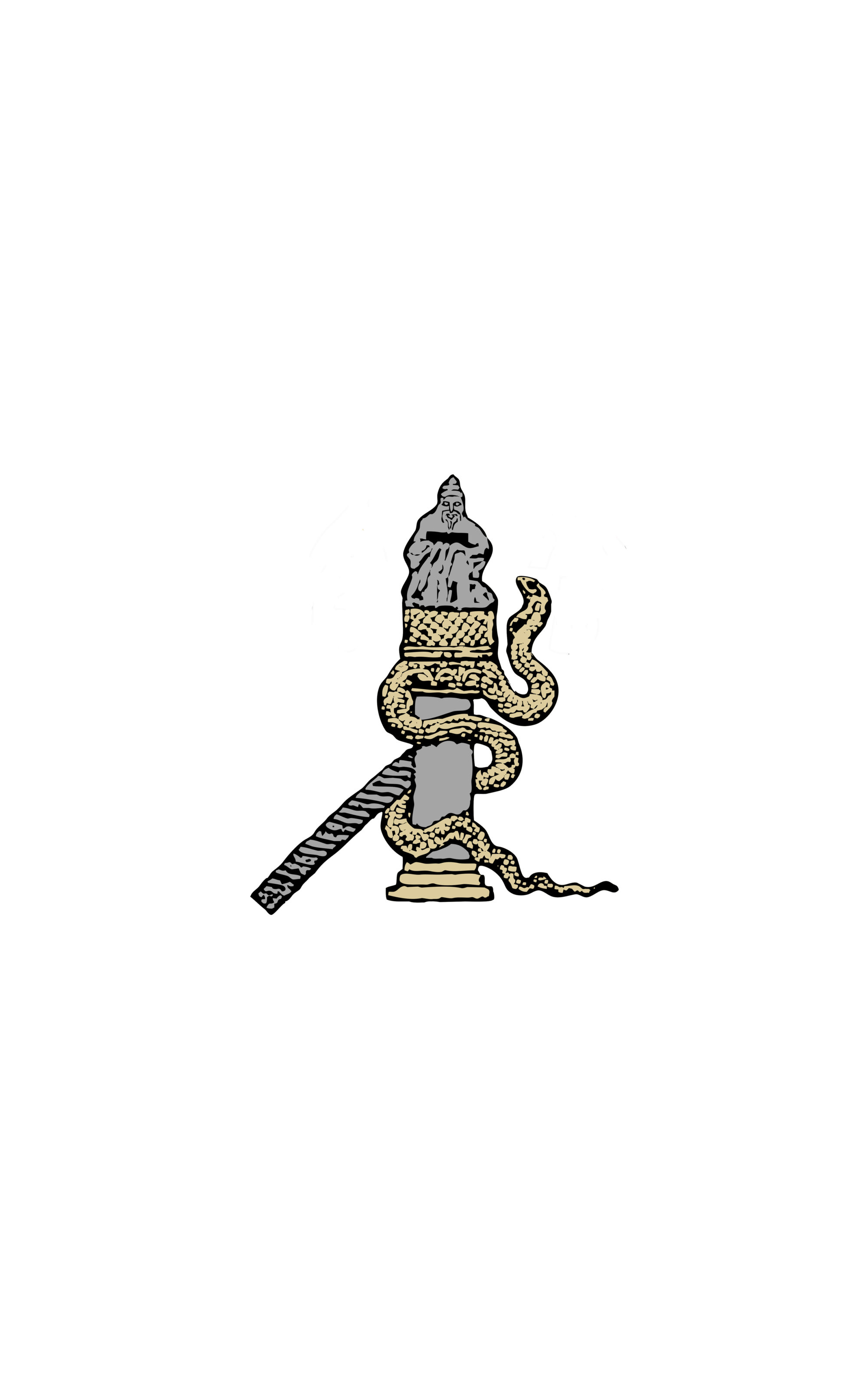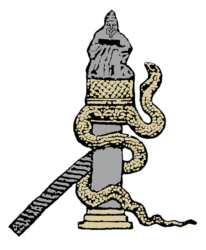Recherches sur le phénomène du classicisme en Orient et en Occident entre le XIIIe et le XVe siècle.
Nikolaos Trivyzadakis (Université d’Aristote de Thessalonique)
À Byzance, les arts et les lettres, surtout lors de la période qui s’étend entre 1261 et jusqu’à 1453, sont caractérisés par un retour à l’héritage grec de l’âge classique. Les mêmes tendances font aussi leur apparition en Occident et culminent pendant l’époque de la Renaissance. Malgré le fonds commun des sources culturelles, la création artistique s’avère être exprimée par deux traditions bien distinctes. L’art grec oriental byzantin perçoit le passé par le biais du christianisme, élément cohérent à la civilisation grecque. C’est pourquoi l’art de la période des Paléologues s’inspire directement de l’art chrétien du premier millénaire. Par contre, les artistes en Occident recherchent leur inspiration directement sur le monde grec ancien. Ce mouvement se déclenche en principe après le schisme des églises et se développe parallèlement avec les conquêtes philosophiques et artistiques de la Renaissance.
En fait, cette constatation sur les deux différentes manières de perception et d’élaboration du classicisme rend parfaitement explicables les différences iconographiques et stylistiques entre Byzance et l’Occident pendant les XIIIe et XIVe siècles. Sans nier les influences et les emprunts artistiques parmi les deux mondes qui expliqueraient les analogies, il serait toutefois vain de poser la question de la dépendance ou même de l’affectation d’un art par rapport à l’autre.

